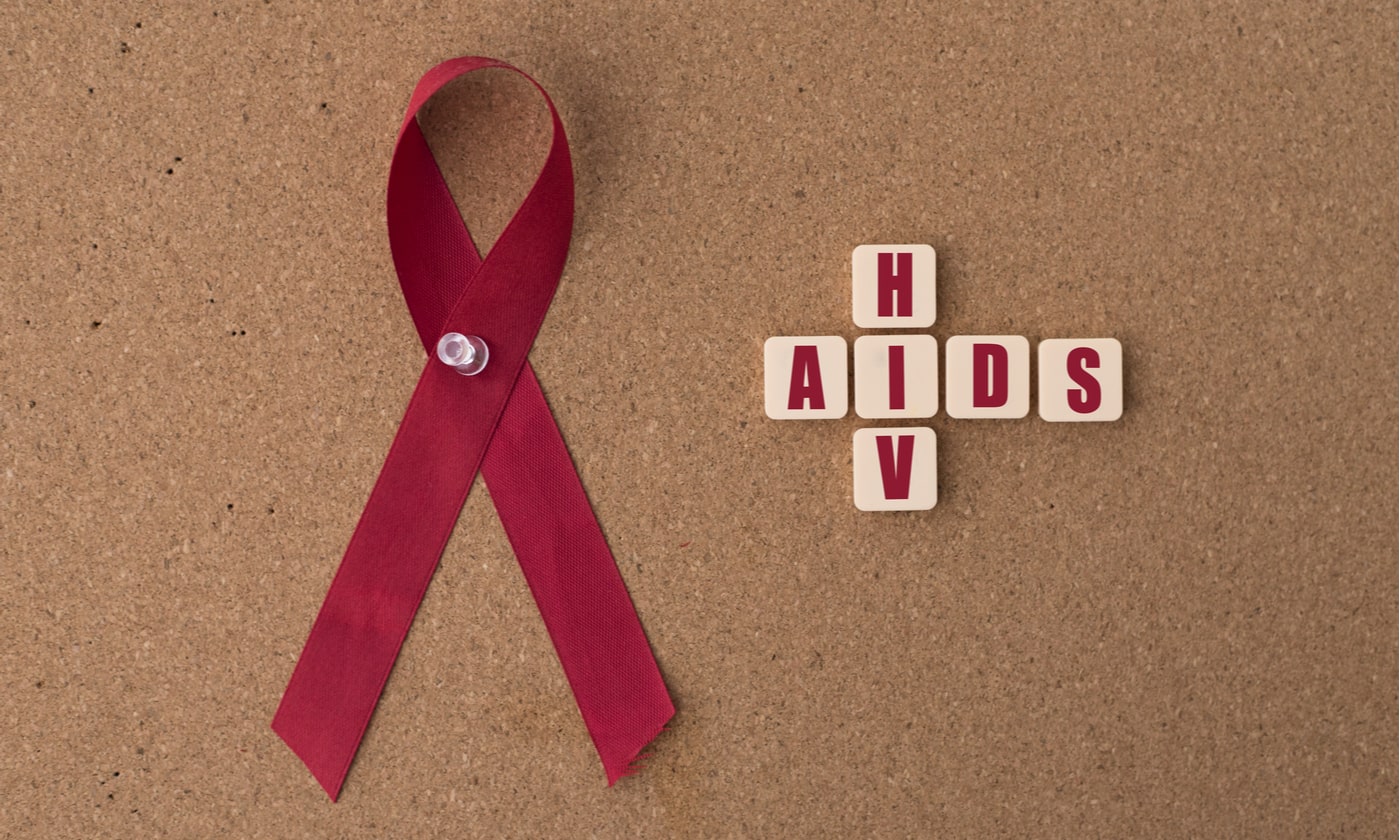HIV refers to the human immunodeficiency virus, which is a viral infection that targets the body’s immune system. If HIV is untreated, it can progress to acquired immunodeficiency syndrome (AIDS) (1).
HIV can be transmitted through certain bodily fluids (blood, semen, pre-seminal fluid, vaginal and rectal fluids, and breast milk). HIV is most commonly spread through vaginal or anal sex, or sharing needles, syringes, and other drug equipment. It can also be spread from a mother to her baby during pregnancy, childbirth, or breastfeeding (2).
Although there is no cure for HIV, there are effective medications (antiretroviral therapy, ART) to control the virus infection. ART slows down the replication of the virus to stop the disease from progressing and also prevents transmission to others (2).
There are three typical stages of an HIV infection (3).
- Acute infection is when HIV is most infectious, although many people may not show any symptoms or only mild symptoms that are easily confused with other illnesses.
- The second stage can be known as chronic infection, clinical latency, or asymptomatic HIV infection, as most individuals do not show any symptoms.
- However, if HIV is left untreated, the damage to the body’s immune system gradually gets worse and worse and leads to the third stage known as acquired immunodeficiency syndrome (AIDS).
AIDS occurs due to the serious damage to the immune system caused by HIV. Symptoms can include rapid weight loss, extreme fatigue, depression, pneumonia, and increased susceptibility to other infections such as tuberculosis, severe bacterial infections, and certain cancers.
HIV disease progression can vary widely. Typically, untreated HIV infections progress to AIDS in 8-10 years, but it can be shorter or longer for some people. Most of those with untreated AIDS only survive about three years or less, depending on opportunistic infections and cancers (2).
References:
1. Weiss RA. (1993) How does HIV cause AIDS? Science, 260 (5112), 1273-1279.
2. HIV/AIDS. World Health Organization.
3. Symptoms of HIV. Clinical Info HIV.gov. July 2020.



